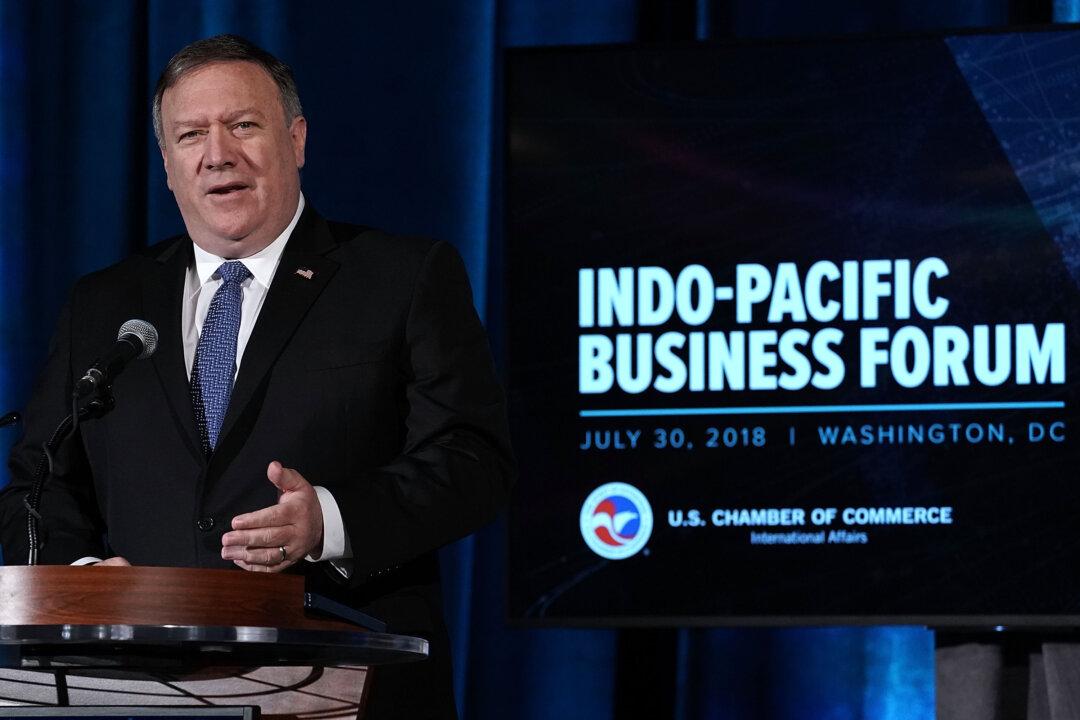The State Department recently released a report on how it is working with allies and partners to implement a shared vision of a free and open Indo-Pacific that focuses on containing the “repressive visions of the future international order” pushed by certain global powers.
The report, released on Nov. 4, says that the countries in the Indo-Pacific unlike ever before are facing a threat to their “sovereignty, prosperity, and peace.”





